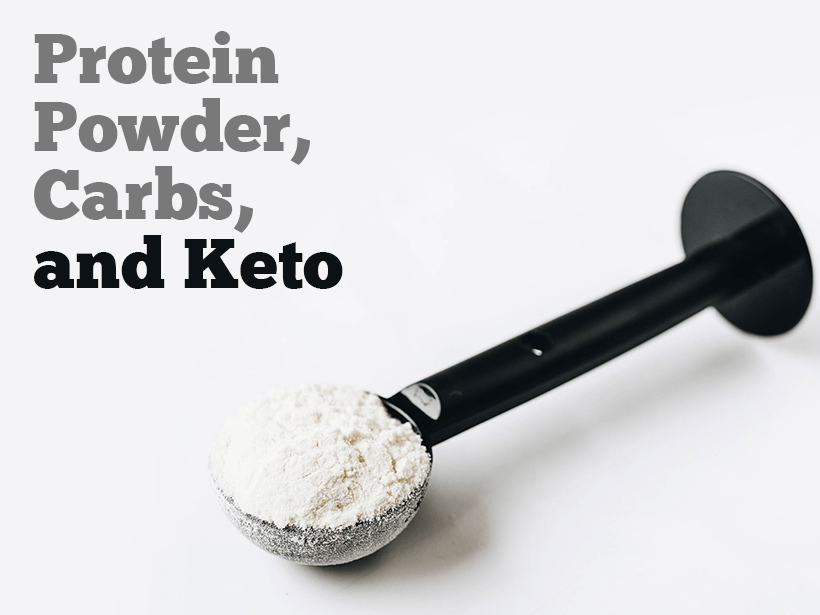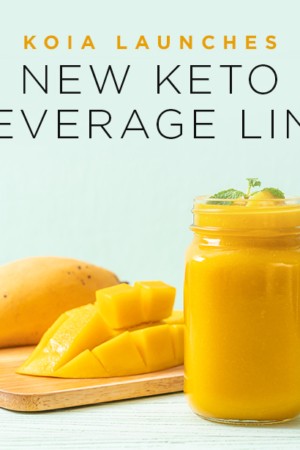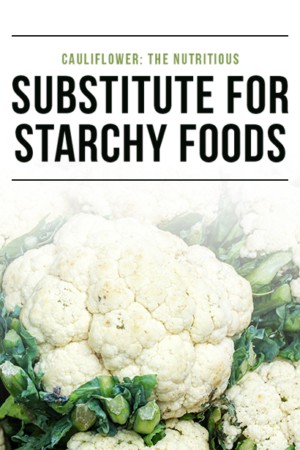Whey protein is used by many people these days. Its benefits range from helping muscle growth and increasing endurance to reducing stress and weight¹. With so many options on the market, however, many people get confused as to which whey protein is best.
Types of Whey Protein
First off is whey isolate, which is the purest form of whey protein available. It has more protein per calorie and is lower in fat. Whey isolate can be a good choice for keto dieters because it has fewer carbs than other forms of whey. Moreover, it’s the best choice for those sensitive to lactose, only containing about 1 percent. Whey isolate is in protein bars and shakes as well as other prepared nutrition foods. It’s a key player in the whey game.
When enzymes break down whey isolate, it turns into whey hydrolysate. This is a great option for low-carb dieters since it has about 85 percent protein. Furthermore, the body quickly absorbs whey hydrolysate and can enhance muscle recovery and growth. However, it does contain about 5 percent lactose², which might not be suitable for people with milk sensitivities. Another con is that this type of whey usually costs more.
Finally, whey concentrate is less expensive and provides more fat. This makes it an excellent choice for people starting to experiment with protein powders. Whey concentrate is a result of the cheesemaking process and contains around 80 percent protein. While it’s cheaper, it has less protein per calorie and more carbs than other forms of whey.
Additives and Sweeteners
Protein powders don’t just contain whey and lactose. Other ingredients are added to help with taste, texture, and mixability. In terms of additives, most protein powders contain soy lecithin, a fatty substance which helps with blending. People trying to avoid soy products may have trouble finding a protein powder without it. Xanthan gum and carrageenan are typically used to thicken whey products, but they might cause stomach discomfort for some people.
The most common sweeteners in whey protein are sucralose and acesulfame potassium. Many people know sucralose by its other name: Splenda. Acesulfame potassium is generally considered safe but has the potential to raise insulin levels. Interestingly enough, the ketogenic diet has been shown to help reduce insulin resistance and even lessen symptoms of metabolic syndrome. Additionally, some powders are sweetened with stevia or pure cane sugar.
Final Considerations
Another thing to take into account is whether the powder blends best with water or milk. If calories aren’t a concern, then milk can be a way to get extra protein and flavor. Even so, low-carb dieters might prefer to mix with water to cut down on sugar, carbs, and calories. For folks who still aren’t sure about which protein powder to choose, there are keto-friendly meal replacement shake recipes out there.
Whatever your nutrition needs or restrictions, there’s almost certainly a product out there for you! Being aware of the main ingredients and additives is the first step towards finding your perfect fit.
NUTRITIONAL DISCLAIMER
The content on this website should not be taken as medical advice and you should ALWAYS consult with your doctor before starting any diet or exercise program. We provide nutritional data for our recipes as a courtesy to our readers. We use Total Keto Diet app software to calculate the nutrition and we remove fiber and sugar alcohols, like erythritol, from the total carbohydrate count to get to the net carb count, as they do not affect your blood glucose levels. You should independently calculate nutritional information on your own and not rely on our data. The website or content herein is not intended to cure, prevent, diagnose or treat any disease. This website shall not be liable for adverse reactions or any other outcome resulting from the use of recipes or recommendations on the Website or actions you take as a result. Any action you take is strictly at your own risk.
- Healing Leaky Gut With Your Diet - February 27, 2019
- The Habit That Makes or Breaks Weight Loss - February 18, 2019
- Supplements and Keto - February 13, 2019




